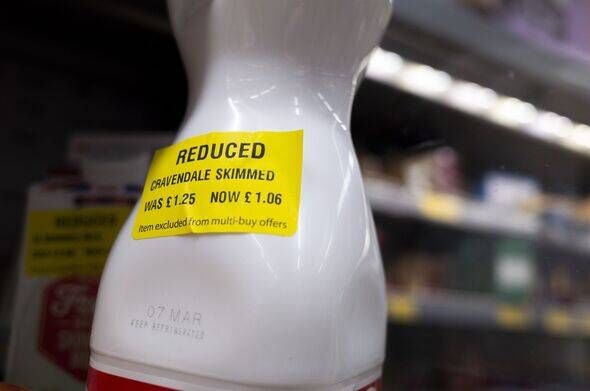
Understanding Supermarket Price Reductions
Supermarkets across the United Kingdom, including well-known chains like Asda, Sainsbury's, Aldi, and Morrisons, frequently reduce the prices of their goods throughout the day. This practice is not limited to a single retailer but is common among many stores. The primary reason for these price cuts is that items are either nearing their best-before date or are being phased out of the product range.
Most supermarkets have a dedicated clearance section in one of their fresh food aisles. These areas are usually marked clearly or filled with items that have yellow stickers indicating their discounted status. However, the exact location and presentation of these sections can vary from store to store.
When Do Supermarkets Apply Discounts?
The timing of price reductions can differ depending on the store’s level of activity and the number of staff members available. During my time working at Tesco, I noticed that the schedule for markdowns could be affected by busy periods. For example, in a seasonal store that was particularly active during the summer months and quieter in the winter, the timing of discounts varied. Similarly, in a busy central London store, the process was often rushed due to high customer traffic.
If you're unsure about when your local store applies its discounts, it's always a good idea to ask a member of staff in-store. They can provide specific information about the timing of markdowns in that particular location.
Types of Items That Are Discounted
The products that are typically marked down include fresh goods such as milk, bread, ready meals, and bags of salad. Occasionally, larger items like joints of meat, fish, and even premium products from the Tesco Finest range may also be discounted. Most of these items were reduced because they were approaching their expiry date, but this doesn't necessarily mean they need to be consumed immediately.
Many of the goods, especially bread and milk, are suitable for freezing. This allows customers to take advantage of the discounts while still enjoying the products later.
The Process of Markdowns
During my time at Tesco, there were three rounds of markdowns each day. These usually started around 9am or 10am, with certain products being discounted by 10%. As the day progressed, further reductions were applied, with some items being marked down by 30%, 50%, and even 90% towards the end of the business day.
One of the best times to shop for these discounts is in the evening, between 6pm and 8pm, when the final markdowns are applied. The later you visit the store, the more likely you are to find significant savings. However, it's important not to wait too long, especially in busy stores, as many of the bargains tend to be snapped up quickly.
Recent Changes in Discounting Strategies
Earlier this year, Tesco introduced a new wave of markdowns at 7pm to help reduce food waste. A spokesperson for the company confirmed to Express.co.uk that while the discount typically occurs around 7pm, the exact timing can vary by store. They added that markdowns on fresh products remain popular and play an important role in preventing good food from going to waste.
This strategy highlights the ongoing efforts of supermarkets to balance profitability with sustainability, ensuring that customers can access quality products at reduced prices while minimising waste.

Post a Comment